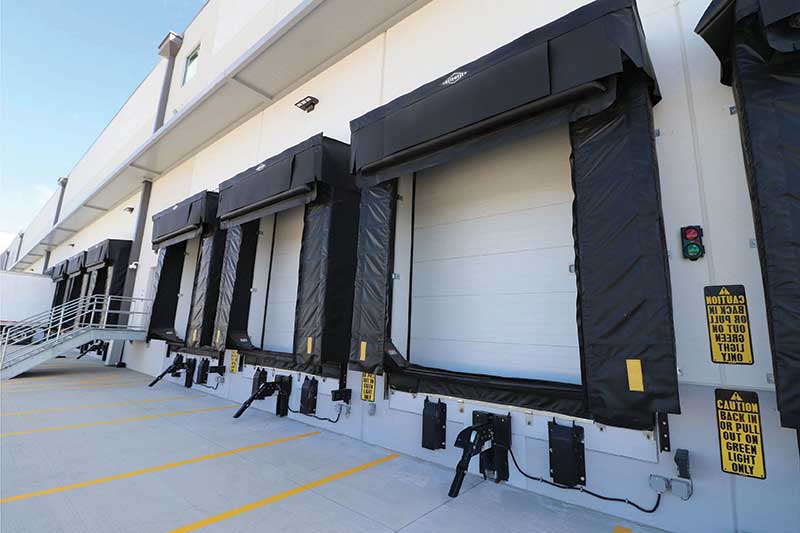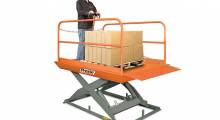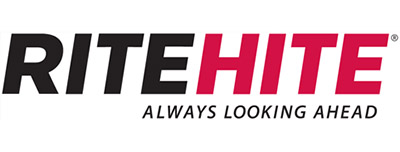To protect products and minimize any potential risk of damage and injuries as you load and unload them, you must have some loading dock equipment. As is the case with virtually any type of materials handling equipment, an array of options are available to choose from.
So, which option is the most ideal for you, your organization and your particular circumstances? And how will it help you safely transport goods from an industrial facility or a warehouse onto semi-trailers or like-vehicle trailers? Joe Ellestad, director of customer relations and sales support at Rite-Hite, says you should be familiar with the five main types of loading
dock equipment and consider using them.
Communication lights
First off, dock safety requires proper communication, which begins with knowing whether your trailer has been secured to your dock, enabling safe entry. To communicate safe-entry status, materials handlers typically employ green and red lights on dock exteriors and interiors.
However, on dock interiors, these lights shouldn’t only be placed on control boxes, but on dock openings’ top corners, too. As a result, you’ll be able to see them even if your view of the control box lights has been obstructed by staged pallets.
“One of the newest innovations in communication lights has been the development of a blue light, which shines down onto the leveler whenever a forklift is detected inside the trailer—warning nearby workers on foot that the area is potentially unsafe,” said Ellestad.
Dock bumpers and levelers
Not only are dock bumpers the simplest product on a loading dock, but they’re one of the most vital, too. The primary reason? They’re usually the first product a semi-trailer will come in contact with at a loading dock. Therefore, according Ellestad, you must have a proper dock bumper, whether it’s laminated or steel-faced, as it will protect your loading dock’s building face.
Furthermore, Ellestad stresses that dock levelers are equally as important, as they’re “the bridge from building floors to trailers.”
“Whether it be a mechanical, pneumatic or hydraulic-operated dock leveler, it should be applied and installed correctly for safe transportation between a building and a trailer,” he said.
Dock seals and shelters
By using a dock enclosure like a dock seal or shelter, you can separate any outside elements from your building’s interior, particularly whenever a trailer is secured to your loading dock. In doing so, you’ll reduce the likelihood of dust, rain and snow infiltrating your building.
Comprised of compression foam that’s covered with durable fabric, seals are mounted around a dock opening’s perimeter, allowing it to form a tight seal whenever a truck backs up to it. Shelters consist of a frame that surrounds a dock opening with curtains, which are mounted to the frame. Whenever a truck backs in, curtains will surround its trailer, forming a seal.
“Seals tend to be a better solution for smaller dock stations that service a standard sized trailer,” Ellestad said. “Meanwhile, shelters are generally better for dock stations that either have larger openings or service a wider range of trailers, as they provide a broader access to them.”
Article topics
Learn More













